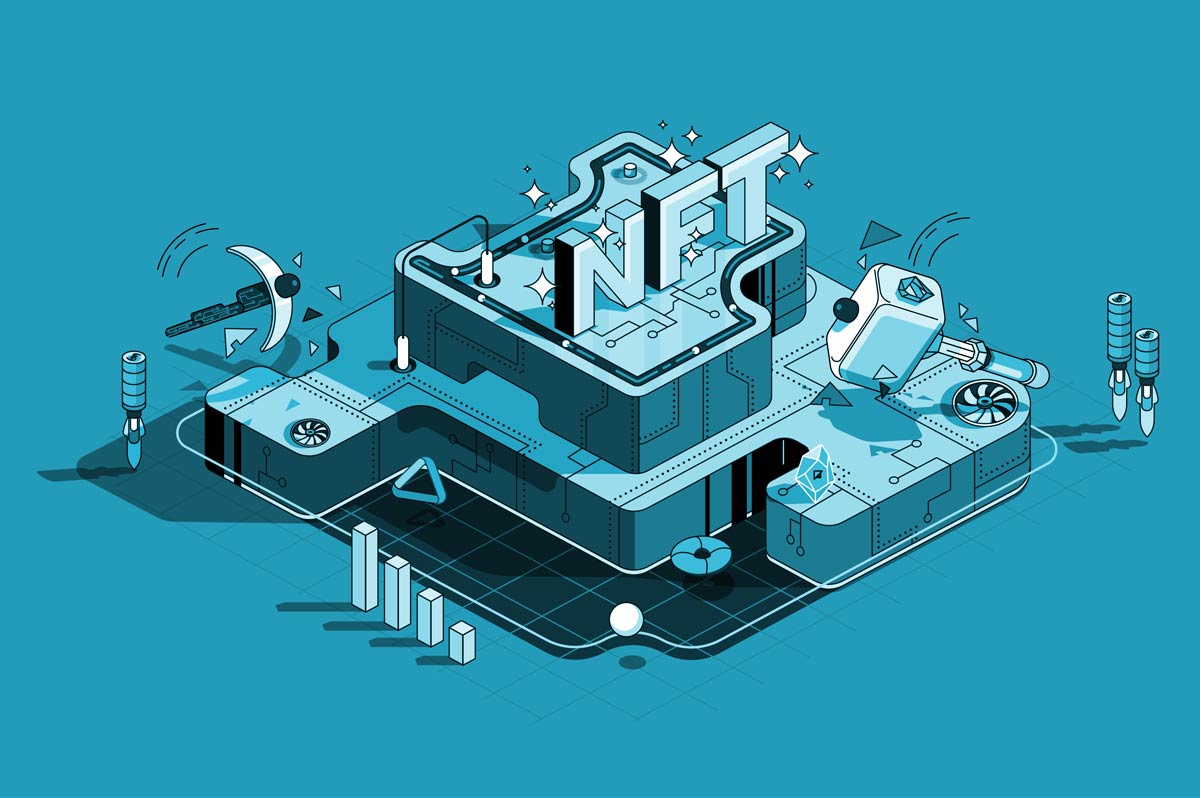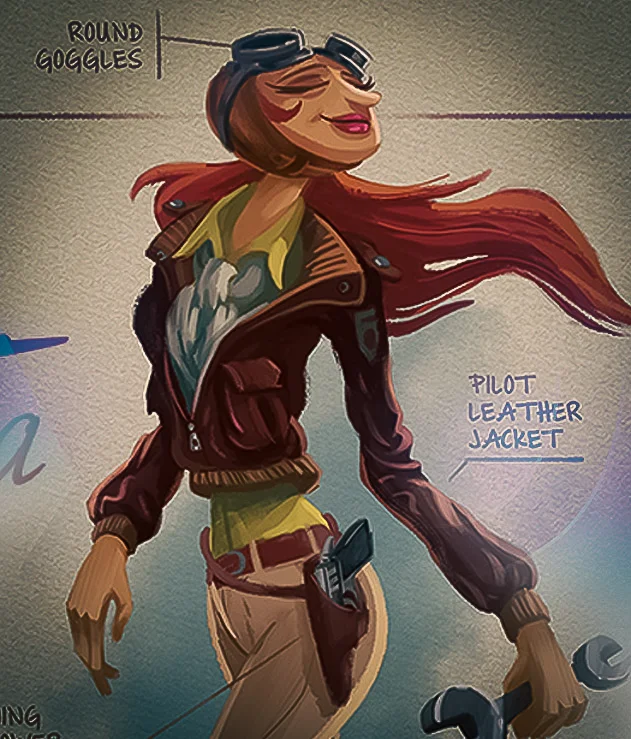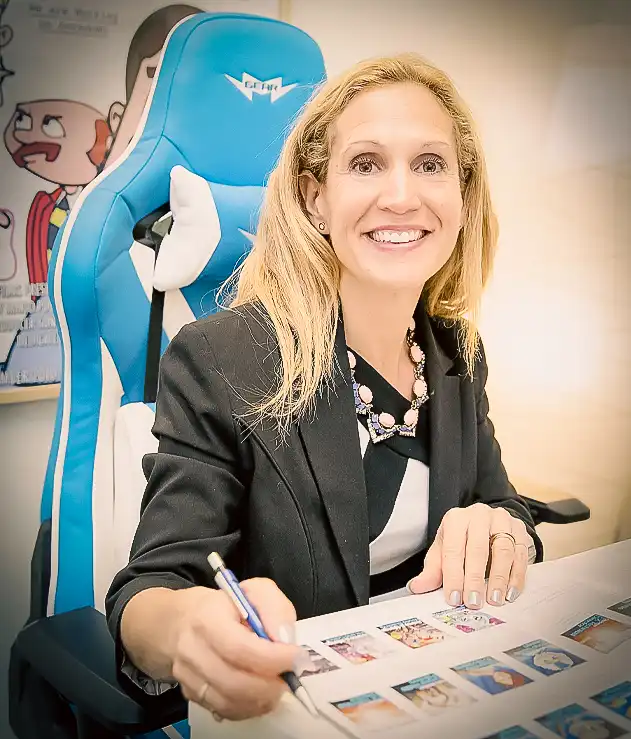 Image: Alexdndz., (Motion Array)
Image: Alexdndz., (Motion Array)
Turning Digital Art Into NFTs
In recent years, the digital art world has been revolutionized by the advent of Non-Fungible Tokens (NFTs).
These digital assets represent ownership or proof of authenticity of unique items on the blockchain, making them highly valuable for digital artists looking to monetize their creations.
As the digital landscape continues to evolve, understanding how to transform digital art into NFTs is crucial for artists who wish to capitalize on this burgeoning market.
The Introduction of NFTs in the Digital Art World
NFTs have changed how people perceive and value digital art. Traditionally, digital art faced challenges related to reproduction and distribution, making it difficult for artists to ensure exclusivity and authenticity.
However, with NFTs, digital art can be "tokenized" to create a unique, verifiable ownership claim, which can be bought, sold, or traded on various digital platforms.
Step-by-Step Guide to Turning Your Art into NFTs
Step 1: Understand the NFT Marketplace
Before diving into the world of NFTs, it's essential to understand where and how they operate. Platforms like OpenSea, Rarible, and Foundation provide marketplaces where artists can list their NFTs.
Each platform has its unique features, fee structures, and community culture, so choosing the right one aligns with your art style and audience.
Step 2: Create Your Digital Wallet
To interact with NFT marketplaces, you'll need a digital wallet that supports Ethereum, the most commonly used cryptocurrency for NFT transactions.
Wallets like MetaMask, Trust Wallet, or Coinbase Wallet can be used to store your cryptocurrency and manage your NFTs.
Step 3: Mint Your NFT
"Minting" is the process of turning your digital art into a part of the Ethereum blockchain—essentially creating the NFT.
This involves uploading your artwork to an NFT platform and creating a new token on the blockchain that represents your art.
During this process, you can also set specific parameters, such as royalties, which ensure you earn a percentage of sales whenever your NFT is sold to a new owner.
Step 4: Market Your NFT
Effective marketing is crucial for the success of your NFT. Utilize social media, digital galleries, and online communities to showcase your work.
Engaging with potential buyers and participating in digital art communities can increase visibility and drive interest in your NFTs.
Step 5: Manage Your Sales and Connections
Once your NFT is listed, you can manage sales through your chosen platform. It’s important to stay active in the community, participate in discussions, and connect with other artists and collectors.
Networking can be invaluable for sustaining long-term success in the NFT marketplace.
Benefits of Turning Digital Art into NFTs
- Monetization: NFTs provide a new revenue stream for digital artists. Artists can earn money not only from the initial sale but also from ongoing royalties.
- Proof of Authenticity: NFTs offer a blockchain-backed proof of authenticity and ownership, adding value to digital art.
- Global Reach: The digital nature of NFTs allows artists to reach a global audience without the limitations of physical galleries or exhibitions.
- Creative Control: Artists retain creative control over their work and can set their terms for how their NFTs are used or resold.
Frequently Asked Questions
What is an NFT?
An NFT (non-fungible token) is a type of digital asset that represents real-world objects like art, music, game items, and videos.
They are bought and sold online, frequently with cryptocurrency, and they are generally encoded with the same underlying software as many cryptos.
How do NFTs benefit digital artists?
NFTs provide artists with a platform to sell their works directly to a global audience, ensure proof of ownership, and receive royalties on future resales of their digital art.
Are NFTs environmentally friendly?
The environmental impact of NFTs is a concern due to the energy-intensive nature of blockchain transactions. However, many platforms are moving towards more sustainable practices, and alternatives like proof of stake are being implemented to reduce this impact.
How can I price my NFT?
Pricing an NFT can be challenging; it often depends on factors such as your reputation, the uniqueness of the piece, and current market trends.
Many artists start with lower prices to attract buyers and gradually increase as their reputation grows.
Does creating NFTs require advanced technical skills?
Creating NFTs doesn’t necessarily require advanced technical skills. Many platforms offer user-friendly interfaces that guide you through the process of minting an NFT. However, a basic understanding of blockchain and cryptocurrency can be beneficial.
Leveraging NFTs for Educational and Professional Development
Institutions like VANAS Online Animation School are recognizing the potential of NFTs and blockchain technology in the educational sector.
VANAS offers programs in digital arts, where skills relevant to digital economies, including NFTs, are taught.
These programs help students understand and engage with digital marketplaces, ensuring they are prepared for the evolving landscape of digital arts and creative industries.
Turning digital art into NFTs opens up a world of possibilities for artists. By embracing this new digital economy, artists can secure their work, reach broader audiences, and build sustainable careers in the digital age.
Whether you're a seasoned artist or just starting, the world of NFTs offers a platform to innovate, sell, and thrive.







